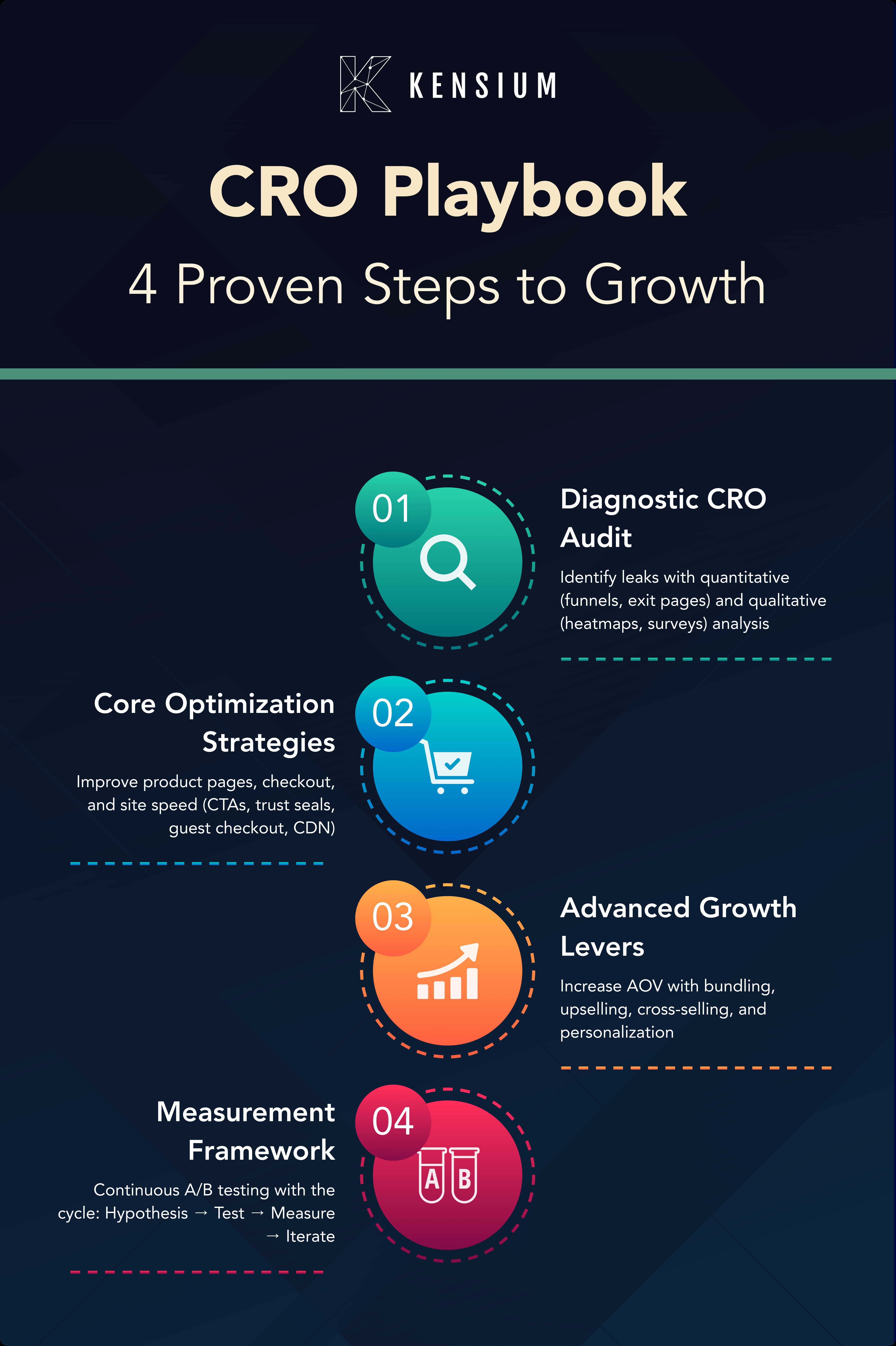
Google announced the launch of its latest analytics tool two years ago, Google Analytics 4 (GA4). In July 2023, GA4 will sunset Google Analytics as we know it. Businesses that start their upgrade now will be ready for the changeover and not experience a loss of analytics and critical marketing reporting.
Key Dates To Know
On July 1, 2023, Universal Analytics will stop processing new hits. This means that from July 2023, no website activity will be recorded. In addition, Google announced that the existing analytics properties might only be accessible for 6 months after July 1. Your historical data could be gone forever unless you export it.
Why Is Google Getting Rid of Universal Analytics
Universal Analytics was built to work on websites and independent sessions, whereas GA4 works across both web and applications, don't rely on cookies, and uses an event-based model to deliver user-centric analytics. GA4 provides a more privacy-focused service as it doesn't store a user's IP address and is evolving to meet the needs and expectations of its users.
One of the limitations of Universal Analytics is that reports are based on what a user does in a single session rather than the multiple touchpoints created on marketing channels and websites. The individual session tracking methodology has become obsolete. GA4 addresses the limitations of Universal Analytics and expands the type of data you can track.
We understand that many businesses are apprehensive of GA4 and want to know how to create a new property, update custom reports, and understand the methodology behind how GA4 collects information and reports on it. We recommend that merchants set up a new GA4 property to gain insight into how it works and the reporting methods to help ecommerce businesses track user touchpoints and convert leads.
Have You Created A Plan To Update GA4?
2023 is right around the corner, and it's time to start your update to GA4 now instead of later. As of this blog post, the SEO team at Kensium has updated eight B2B and B2C ecommerce websites on Adobe Commerce (Magento) and BigCommerce platforms for industries like high-performance automotive, fashion, cannabis, and more. This article will guide you on the tricky GA4 aspects to watch out for, what skills your SEO team needs to implement the update, and critical information about implementation. But first, let's look at some highlights and key features of GA4.

What's New With GA4?
We've provided an overview of how GA4 addresses security and privacy, but there are many more benefits GA4 provides.
- Collects both website and app data to better understand the customer journey
- It uses events instead of session-based data
- Includes privacy controls such as cookie-less measurement and behavioral and conversion modeling
- New predictive capabilities offer guidance without complex models
- Direct integrations to media platforms help drive actions on your website or app
What Are Events?
Forget about sessions and pageviews. The new paradigm is an event-based measurement model that relies on events and parameters as Key Performance Indicators (KPIs). Every activity is now considered an event.
Events allow you to dive deeper into Page titles, Geographical Location, Gender, Campaigns, and more. Google Analytics 4 has a different data structure from UA, and historical data doesn't carry over. You’ll need GA4 to run for at least a month to get enough website data to analyze. In addition, during the update, you'll need to maintain your previous Universal Analytics to compare and ensure the correct data is being tracked with GA4.

GA4 Dimensions & Metrics: (think Google Data Studio on steroids)
Google Analytics 4 uses two new default categories, Dimensions and Metrics. Each dimension has sub-dimensions and attributes for a total of 169 predefined categories. Next, the metrics have sub-metrics and attributes for 150 predefined metric categories. These 300+ dimensions and metrics allow your marketing analyst to explore and create various custom reports. If that’s not enough, GA4 enables you to create custom dimensions and metrics to track specific business reporting needs. For example, custom Data Studio provides templates for specific use cases. The power of GA4 combined with the ability to customize the data display results in robust, at-a-glance reports to inform your marketing and business teams to get better results.
Below is a list of the dimensions and metrics that come out of the box with GA4:
DimensionsMetricsDemographicsAdvertisingEcommerceEcommerceEventEventGamingPage/ScreenGeneralPredictiveGeographyPublisherLinkRevenuePage/ScreenSessionPlatform/DeviceUserPublisherUser LifetimeTime Traffic Source User User Lifetime Video

Implementation Guidelines Example [Careful Approach]:
Now that we've covered the high-level and some specifics of the GA4 features, let's look at the implementation. The guidelines below exemplify Kensium's best-practices approach to implementing GA4 on an Adobe Commerce (Magento) website.
For Websites Already Using Universal Analytics
- Use Setup Assistant to create the GA4 property over Universal Analytics (UA).
- Use the Advanced Options feature to create a new property with GA4 and combine it with your existing UA property.
- Remove your UA Account ID from the default Adobe Commerce settings to avoid redundant UA code firing.
- Warning: Be careful while exporting & importing the JSON file into Google Tag Manager.
- Click Merge for the existing container.
- Overwrite to create an empty container.
- Use GTM Preview and GA4 Debug View to test the implementation.
- Use the Google Tag Assistant Tool(Chrome Browser Extension) and Datalayer Checker (Chrome Browser Extension) to review the Tags and Accounts loading on the website and data variables in data layers.
Here is a real-life example of a GA4 Implementation for a Magento client:
Implementation Time: Approximately 15 – 20 hours
- Weltpixel Installation Staging GTM, UA, GA4 Setup
- Weltpixel Configuration
- Export & Import JSON File into GTM, Create Required Tags, Triggers, Variables
- Place Test Orders on Staging & Monitor Tracking (Data Reflects After 24 Hours)
- Go-Live
- Production GTM, UA, GA4 Setup
- Weltpixel Configuration with LIVE Accounts
- Export & Import JSON File into GTM, Create Required Tags, Triggers, Variables
- GTM Preview & GA4 Debug
- Monitor Live Traffic and Tracking
- Configure Filters
Link Google Search Console and Google Adwords To GA4:
- Add Conversion Tracking Tags To GTM
- Create Custom Reports
The Skills Your Team Needs To Update To GA4
Your SEO team will need to work closely with your technical development team to implement efficiently. Both teams should have a thorough understanding of the following tasks and processes:
- Creating Google Analytics Accounts and UA - GA4 Properties and Views
- Enhanced Ecommerce Settings, Metrics, Events, Goals, Segments, Funnels
- Creating Google Tag Manager Accounts, Containers, Configuration, Tags, and Testing
- Creating Custom Reports
- Weltpixel [UA + GTM Version] (assuming you're using this framework)
- Weltpixel [GA4 + GTM Version] (assuming you're using this framework)
- Mageplaza [UA + GA4 + GTM Version] (assuming you’re using this extension)
- Familiarity with Magento Backend Interface & Configuration
Finding The Right Google Analytics 4 Implementation Partner
A new GA4 implementation provides significantly better reporting and customization for analytics, but some complexities must be considered before updating. Kensium can help with your BigCommerce or Adobe Commerce GA4 upgrade. In addition, our SEO team is ready to help you customize GA4 to effectively track your website data, measure conversions, and deliver detailed, actionable reports. Contact our Digital Marketing Services team today and get started upgrading, so you're well-positioned for 2023.








.png)














































































